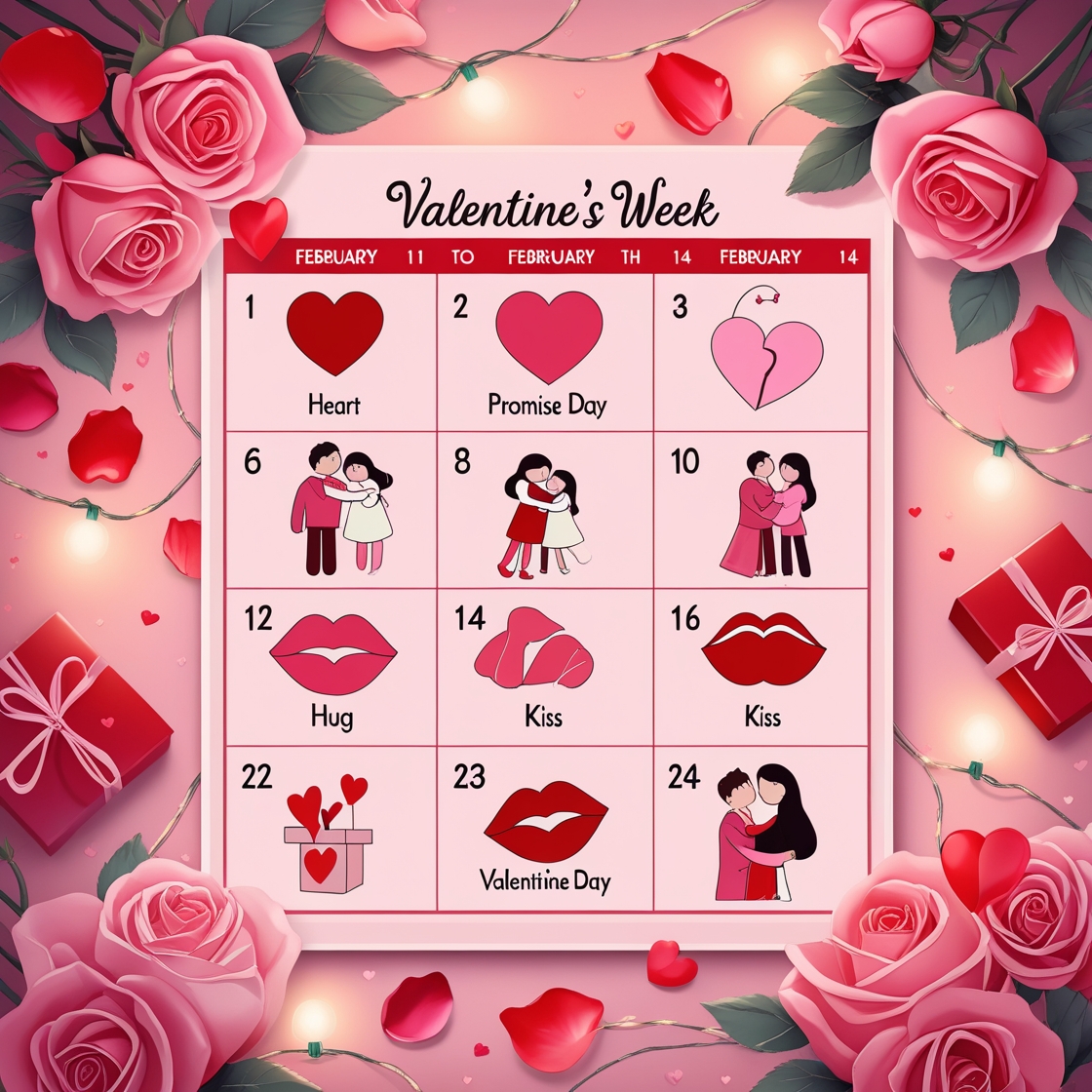Frosting is a thick and opaque mixture used for topping and covering the outside (and sometimes filling the inside) of cakes. All frostings may be used to cover a cake, but there are specific types that are best for decorating.
Icing is defined as a mixture of confectioners powdered sugar and liquid, thin enough to be brushed on with a pastry brush or spread. It is usually used on pastries, rolls, and coffee cakes. It may be used on simple cakes.
Glaze is a mixture of sugar and liquid thin enough to be poured – about the consistency of thin corn syrup. Glazes are used to coat fruit cakes, cupcakes, and pieces of cake which are to be used for tea cakes or petits fours.
Filling is a thick mixture that is used between the layers of cake. It may be some of the frostings to which nuts, marshmallows, or fruits are added. Whipped cream and custard mixtures are sometimes used for fillings.
Topping something you put on top of food to make it look nicer or taste better. (a pizza with extra toppings)
Examples of topping
• On pasta, it means tomato-based sauces instead of cream-based toppings.
• vanilla ice cream with a chocolate topping
• The ones described here are the coffee creamers, toppings, and margarine.
• Cream of the crop: custard topping adds a crafty touch to Pear tart.
• The detritus is deposited in a bag and the water re-circulated, so no topping up is required.
• You may add other toppings if you wish, but always use refried beans as the base.
• Disadvantage: regular topping up is essential.
• The pizza will cook, the crust will set, the toppings will soften, and the sauce will thicken.
• Spoon the toppings on to the toasts, arrange the prosciutto over the tomato topping and serve at once, garnished with the basil.
| Icing | Frosting |
| Has a thin texture, runny consistency, glossy appearance, and a sugary taste; hardens after a few minutes | Has a thick texture, fluffy appearance, and a sweet, buttery taste |
| Also called “glaze” | Also called “buttercream” |
| Cannot be used to form 3D shapes because of its runny consistency; can be used to create patterns on a flat surface | Thick enough to hold shapes and patterns |
| Used to glaze cookies, rolls, and donuts as well as cookies | Used to cover and decorate cakes and cupcakes; also used between cake layers |









